Submitted Review
Salote Tawale ‘I Don't See Colour’
‘Tawale’s connection to place is personal, social, and ancestral…’
Salote Tawale’s exhibition I Don’t See Colour at PICA in Perth presents a new body work that was developed after Tawale won the inaugural Michela and Adrian Fini artist fellowship late last year. I Don’t See Colour is a response to a conversation that she had with someone at a party in the UK. I’m assuming that the person that Tawale was speaking to said that they “don’t see colour” when it comes to their own interactions with people of colour, as if that’s a fair and ethical stance to hold. It’s a problematic phrase that can be said with the intention of treating everyone equally and being blind to difference, but one that can also be interpreted as a blunt denial of history, identity, and ritual, as well as privilege.
I wish that I could sit down and have a conversation with Salote Tawale. I wonder how she felt during that conversation, and how she replied, and if she (like many of us) ruminate about conversations long after so we end up feeling charged and also unfulfilled. Instead, I have I Don’t See Colour as a stand in for Tawale’s response. In the space Tawale has painted the walls in shades of blue, green and tan with a repetitive pattern that resembles woven mats made with pandanus palms. This pattern covers each wall and blocks out any natural light, while the floors mimic the same pattern albeit in shades of grey – the combination gives a surrounding claustrophobic affect, despite the size of the space. In the far end of the space are five portraits painted on calico and suspended from the ceiling and weighted by bricks and rubble. These portraits are each unique from one another, and yet their distinguishing features are excluded. Their eyes, lips, and hair have been excluded to give them vacant and sunken expressions that are unresponsive to any gaze.
On the other side of the gallery space lies a small dwelling that has been constructed in a makeshift manner: with corrugated tin loosely secured to beams, a tarpaulin half draped along one side, and a yellow and green plastic woven mat on the floor. Hanging from the structure are three masks that have been fashioned out of plastic bottles, dust masks, yarn and goggles – quickly stitched and strapped together for ad hoc protection. A monitor is positioned on the floor in the corner of the dwelling that plays a performance by Tawale. Onscreen Tawale dives into the ocean and narrates a piece that feels deeply personal about her relationship with the ocean. At one point she says “I can’t breathe but I glide freely… The ocean allows me to fly into the unknown. Still, like everywhere, danger is possible” as she floats in the ocean and letting the current take her. Like many others, Tawale’s connection to place is personal, social, and ancestral, and will continue to be far into the future, but the shape of those connections in the future is uncertain. In a time of climate crisis, political unrest, and a global pandemic the ground that we stand on can feel increasingly temporary and the inequalities in the world ever expanding. Tawale weaves together tensions around connection to place, precarity, and privilege in I Don’t See Colour.
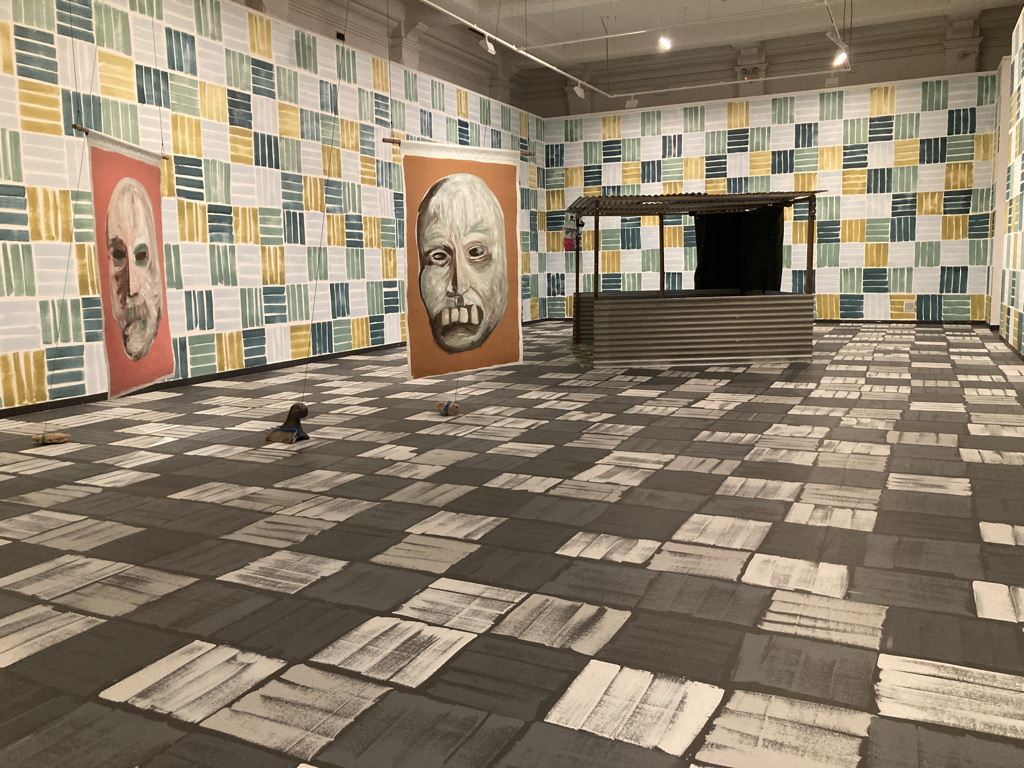
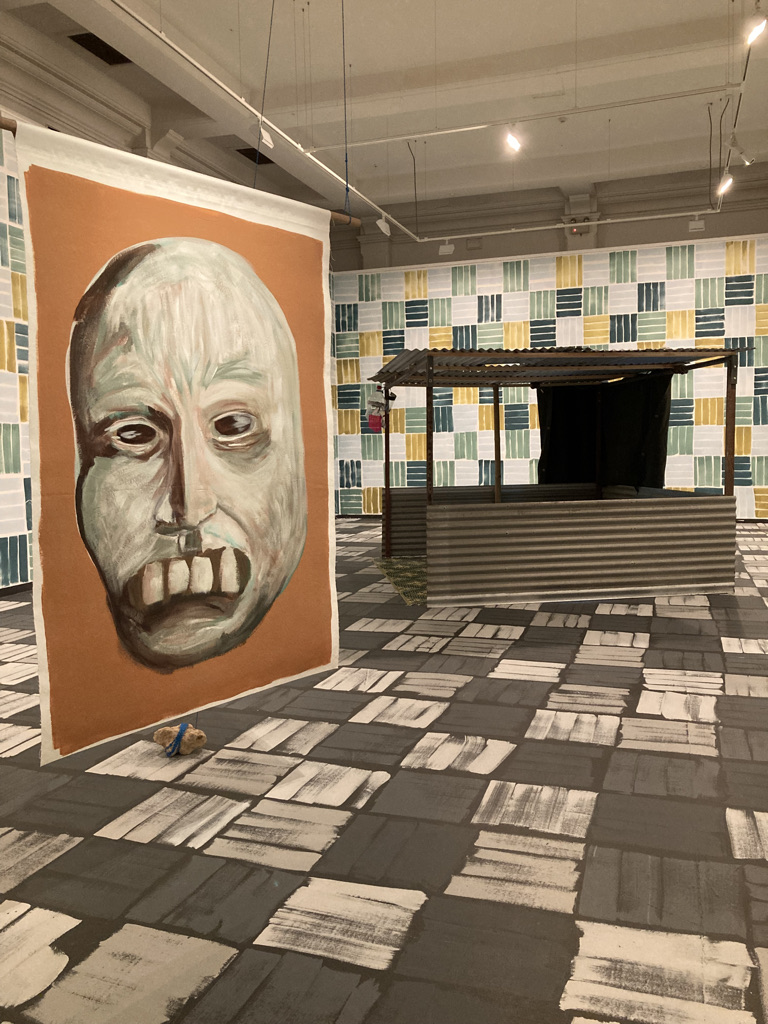

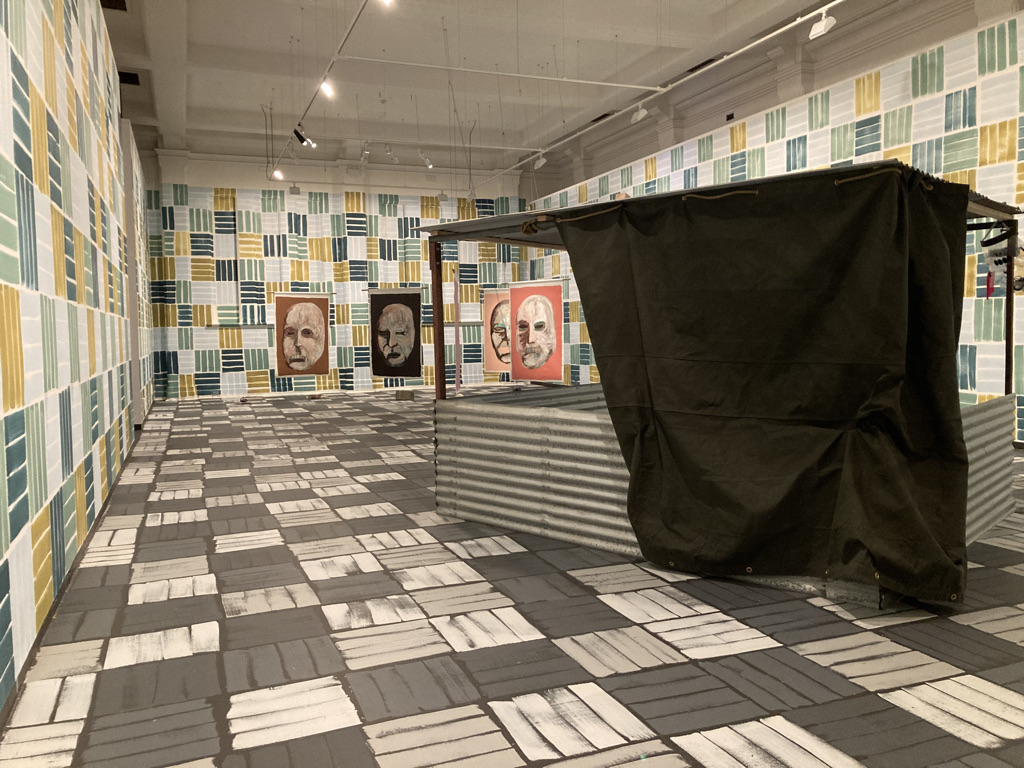
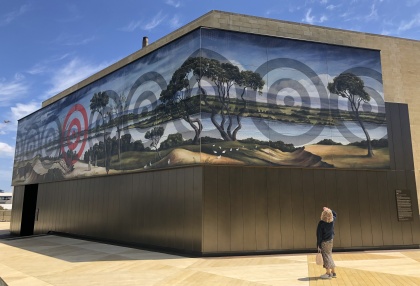
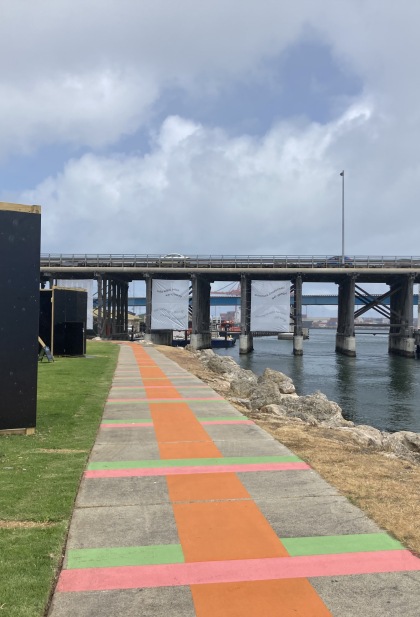
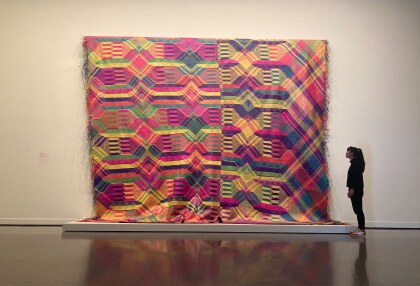
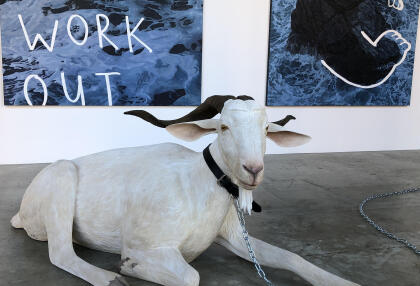
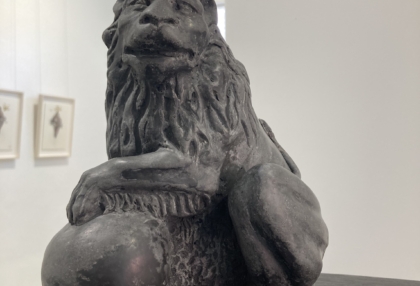
No Comments